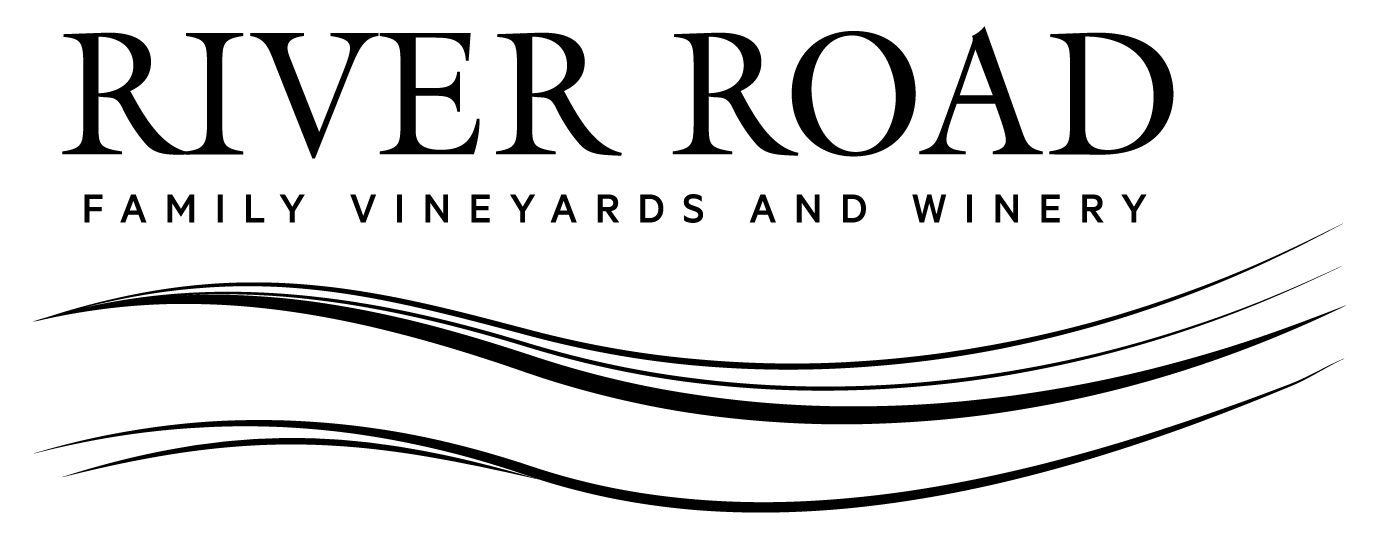THE PAST MONTH AND MORE
The grapes are all in! This statement became our reality on October 15 this year and brought along with it a sense of great accomplishment. Our team of seven full-time vineyard and winery employees, along with three harvest interns, could look forward to weekends with family and friends again!
This was certainly an important moment in our year, but we didn’t have an opportunity to savor the beautiful days of late October and early November. Wildfire made its return to our neighborhood, and this time no one took the risk lightly. During the final week of October, 180,000 residents of Sonoma County were evacuated from their homes, as large areas were deemed at risk for wildfire. Even those residents allowed to remain at home endured five or more days without electricity, a surprisingly difficult condition in our modern world.

The renewed fire risk was due to extremely strong winds, along with a very dry environment. Here in coastal Northern California, we did not receive any significant rainfall in October. This is unusual. In fact, during many vintages, early rain is a concern for late ripening blocks of Chardonnay and several red varieties which may be unpicked when it begins to fall. That prospect is certainly in our minds throughout harvest, as rain poses a genuine risk to grape quality.
This fall, with no rainfall until a few days ago (1.4 inches of rain fell on November 26), conditions were similar to 2017, when we experienced tragic fires that burned into Santa Rosa. This recent history with wildfire has made me appreciate early rains in a way I never expected!
GRAPEVINE CARE
It was another year of healthy yields and great quality in our estate vineyard. This reflects fortunate weather conditions during spring and summer, but also the care we give our vines during the entire calendar year. Although the grape clusters are harvested in September and October, the vines don’t immediately go into dormancy. In fact, giving the vines a little tender loving care after picking helps set them up for their winter slumber, and their awakening next March.

Irrigation timing is critical, especially in our area where rainfall is non-existent during the growing season. With our deeply rooted grapevines, on their preferred base of Goldridge sandy loam soil, we can hold off on irrigation much longer than most California vineyards. In fact, we rarely begin adding water to the soil until a few weeks prior to harvest. After harvest, it’s a different story, and we deeply irrigate to encourage a flush of root growth and movement of vital nutrients into the woody parts of the vine. This will give the vines a store of energy in the spring, for early shoot and leaf growth.
We also look at replenishing nitrogen levels in the grapevine. Our vines utilize significant nutrients creating their crop, so we supplement what was consumed three different ways;
- Soluble fertilizer is applied through our drip irrigation lines. This will travel quickly into the root zone for immediate uptake and usage by the grapevines.
- Cover crops planted between vine rows are a steady source of nitrogen. This is due to the nitrogen fixing activity occurring at the roots of legumes growing in the cover crop.
- A final pre-winter organic compost application adds slow release nutrients to the vines and cover crop throughout the vineyard.
With the year-round attention, our vines will be ready to perform at a high level again in 2020!

The vines were quite beautiful in mid-October, but that changed quickly after our first hard frost. They quickly turned from vibrant yellow, orange and red to brown, dropping to the ground as the north winds picked up. Now, nothing remains but last season’s canes and some serious pruning work ahead!
A SEASON FOR GIVING THANKS
We’ve been quite fortunate this year at Ron Rubin Winery, and as the holiday season continues, we like to think about the good things that have come our way. First, we made it through the fire season safe, with huge appreciation for the successful efforts of our firefighting crews. Lessons learned from 2017 were evident by the way the teams effectively protected the towns of northern Sonoma County.
Another reason to be grateful is the strength of our business, and the positive responses to our wines by customers in over 25 states! We continue to innovate and engage with our extended winery “family” from California to the East Coast. We have a strong network of grape growers who provided us with incredible grapes, giving us the raw material to continue to produce great wines.
Finally, our Trained for Saving Lives program has been very successful, with 266 wineries across California joining our cause! These wineries have completed training their staff in CPR, First Aid, and Automated External Defibrillator (AED) use, and now have brand new life-saving units on site and ready if needed. This is a critical need, considering that many wineries are in rural, isolated areas with slow emergency response times. For staff and visitors to each of these wineries, they are in a safer place to enjoy a beautiful Wine Country experience!

We anticipate many more good things in store for 2020, and will keep you updated along the way!





